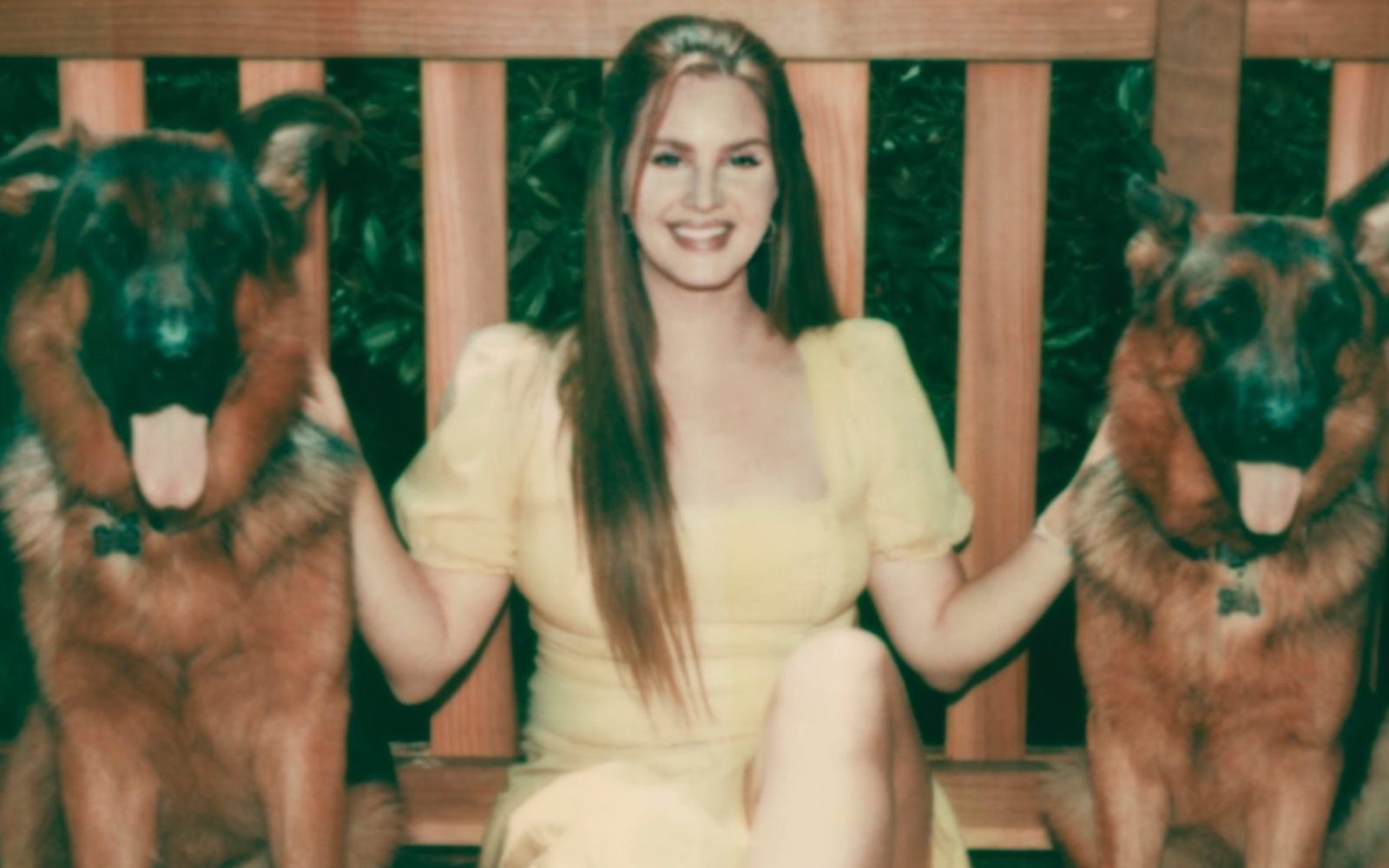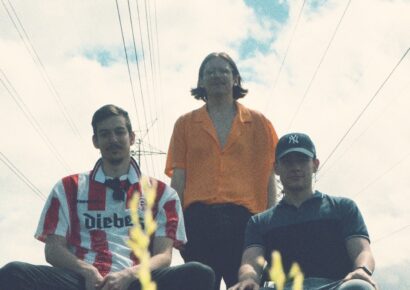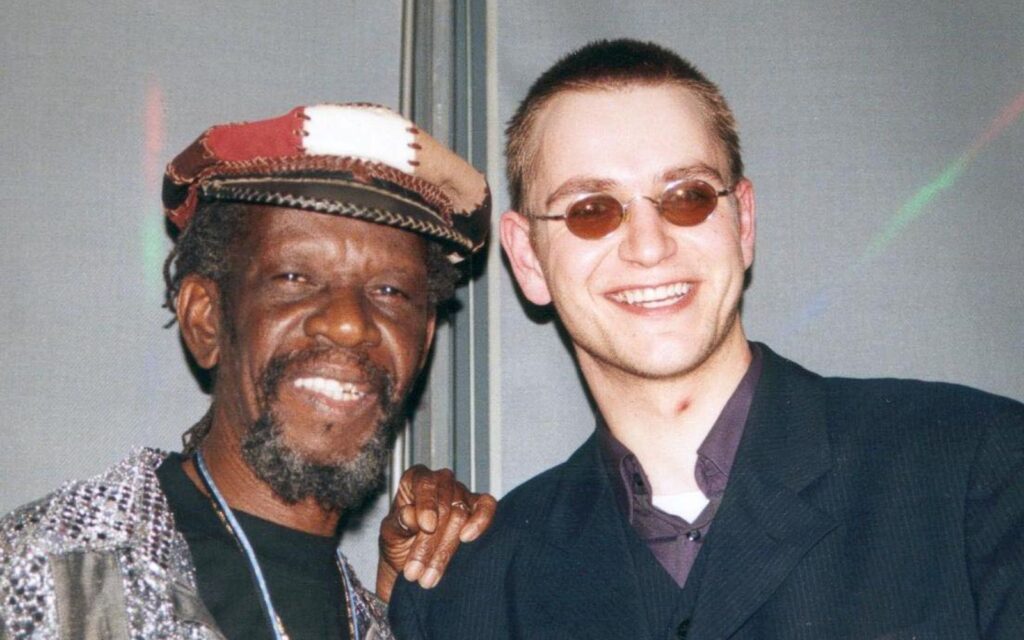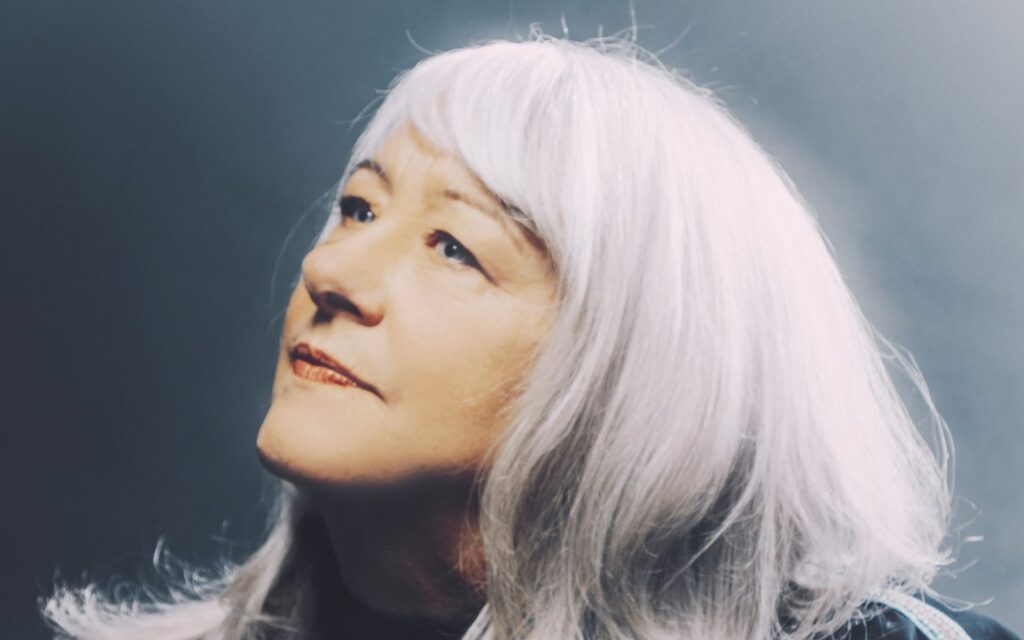"You feel less alone because someone has felt the same and put it into words."
Picture this: you’re all dolled up, about to go out with the girls and someone asks “Anyone want to be on aux?”. You confidently put your hand up, plug in your phone and play Happiness is a Butterfly by Lana Del Ray. Cue the groans. Aux privileges lost.
While there’s a time and place for sad songs, Lana Del Ray and many other brooding musicians have shaped my love for music. It’s something about the confessional lyrics and the tender melodies that keep drawing me back.
Keep up with the latest music news, features, festivals, interviews and reviews here.
The question is often asked, why do people listen to sad songs? What about sad girl music do so many young women resonate with?
Though the music came long before, the term ‘sad girl’ was coined by Audrey Wollen who suggests that women’s internal suffering could be seen as an act of protest. She argues that expressing sorrow through art disrupts societal standards and pushes back against overly positive modern feminism. The concept recognises the common feelings of alienation and dissatisfaction of young women and adolescent girls.
People used the term essentially to describe any woman who made sad, emotionally attuned art of all forms. It then made its way over to Tumblr in the mid-2010s where it became closely associated with Lana Del Ray, and from there to a variety of female musicians who sang about tragedy, loss, violence, anxiety and sadness.
These artists weren’t afraid to express their grief and frustrations through their voices and performances. Lead figures in the sad girl genre include Fiona Apple, Courtney Barnett, Mitski, Mazzy Star, Missy Higgins, Stella Donnelly, Julia Jacklin and many others.
Certain musicians have rejected the term, concerned that female artists get boxed together under too broad a category. “Just because something is emotionally evocative — just because you’re feeling something — that doesn’t mean that you’re crying, or that you’re sad,” Lucy Dacus once told Next Mag. However, others have felt well-represented by the label, taking it on with pride.
When I think of a sad girl song, I think of Mazzy Star’s Fade Into You which hints at a story of misguided love and being left disappointed. “I look to you and I see nothing. I look to you and see the truth.”
The haunting lyrics met with a sweetly strumming guitar and the vocalist’s lulling voice has always seemed to transform time and space around me. Though her words don’t explicitly share an experience, it’s impossible not to empathise with the yearning and sadness that echo from the song.
I was interested in discovering if other people felt as strongly about the genre as I did. So, I reached out to my female friends to ask them what it is about sad girl music they connect with.
The main point that returned was sad girl music’s ability to elicit emotional resonance. Beth* described the music as making her feel “melancholic and nostalgic” and expressed that “it’s important to feel a range of emotions when listening to music. It’s the only way to experience art”.
Stella* highlights the genre as an aid for processing emotions, especially in times of inner turmoil and mental disorientation.
“For me, I think it can be a way to process negative emotions without getting too deep into analysing and ruminating on them. Because the songs are often so full of emotion themselves, by listening to them you can almost let your feelings run their course alongside the song.
“You can let the lyrics explain some of the feelings to you in ways that make sense and almost make them more beautiful and easy to confront. You feel less alone because someone has felt the same and put it into words.”
Others described the music to evoke other emotions, not just sadness. Some feel contemplative or comforted by the downbeat tempos, gentle voices and peaceful instrumentals.
It’s also the relatability of the lyrics that draws the listeners in. Sometimes it can feel like you’re the only one in the world going through a tough time. Listening to music that speaks of similar experiences through soulful, romantic melodies can be all you need to feel better: “Their lyrics are also very relatable and talk about experiences that a lot of young people go through,” said Kat*.
As in the name, sad girl music is made by women for women. Perhaps incubated within the small corners of Tumblr, sad girl music has developed into a community that shares the experiences of girlhood. It’s a place of connection and recognition for girls.
In my personal experience, the genre was my first introduction to music as an emotional outlet. The height of my sad girl obsession was in my late teens, a time of unreasonable anxiety, tumultuous hormonal changes and unconquerable ennui.
The melancholic sounds and poetic lyrics nurtured my wallowing, and though I eventually settled into the emotional stability that comes with adulthood, I often return to those sweet sounds.
In the modern age of fast-paced lifestyles and constant intake of new information, sometimes all you want to do is sit on the edge of your bed under dim lighting and romanticise your life to the beautiful voice of a heartbroken singer.
Once an Internet-specific niche and now a key genre in contemporary music, sad girl music manages to tell the stories of so many girls begging to be understood.
To listen to some sad girl music, head here.
*Names in this story have been changed







